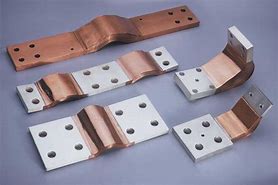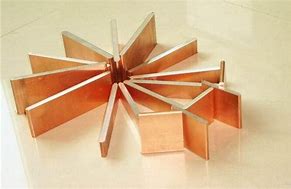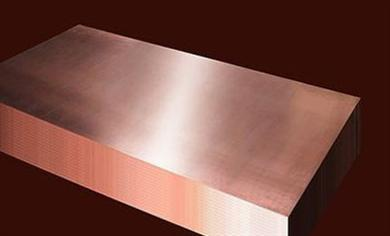Sizzle, Seal, Succeed: The Hot Guide to Testing Copper Pipe Solder Like a Pro!
(How To Test Copper Pipe Solder)
Picture this: You’ve just sweat-soldered a copper pipe joint, feeling like a DIY wizard who’s tamed molten metal. But wait—how do you know your handiwork won’t spring a leak when you least expect it? Testing copper pipe solder isn’t just about crossing fingers and hoping for the best. It’s about science, swagger, and a dash of Sherlock Holmes sleuthing. Let’s dive into the steamy world of solder testing and ensure your pipes are tighter than a drum.
First, Meet Your Nemesis: The Sneaky Leak
Leaks are the ninjas of plumbing—silent, sneaky, and potentially disastrous. A poorly soldered joint might look flawless on the surface but hide tiny gaps where water (or worse, gas) can escape. The stakes? Water damage, mold, or a hissing gas line that turns your basement into a no-go zone. Testing isn’t optional; it’s your superhero cape.
Step 1: The Visual Tango
Before you break out the big guns, start with your eyeballs. Inspect the solder joint like you’re judging a baking show. A good solder job should look smooth and shiny, with the solder forming a seamless ring around the joint. If it’s dull, lumpy, or looks like a toddler applied it with a glue stick, you’ve got problems. Pro tip: Use a flashlight to spot hairline cracks or gaps. If something looks off, grab your soldering iron and reheat the joint—sometimes a little extra heat coaxes the solder into behaving.
Step 2: The Water Pressure Stress Test
Time to put your joint under pressure—literally. Turn on the water supply and let the pipes fill up. Now, channel your inner spy and listen closely. Hissing or dripping sounds? Red alert. No obvious noise? Don’t relax yet. Grab a paper towel and run it along the joint. Even a faint damp spot means trouble. For extra credit, plug the pipe’s outlet and crank up the water pressure temporarily (if your system allows it). This mimics a “worst-case scenario” and exposes weak joints faster than a caffeine crash.
Step 3: The Soap Opera (Bubble Edition)
For gas lines, water tests won’t cut it. Enter the soapy water hack—a plumber’s classic. Mix dish soap with water and slather it over the soldered joint like you’re frosting a cake. If gas is escaping, bubbles will erupt like a mini science fair volcano. No bubbles? You’re golden. Just remember: If you’re testing gas lines, shut off the gas first unless you fancy a surprise fireworks display.
Step 4: The Smoke Signal Secret
Here’s a pro trick: Use a smoke pencil or incense stick near the joint (after the pipe cools, unless you enjoy the smell of burnt sage). If the smoke wavers or gets sucked into the joint, there’s a leak. It’s like watching ghosts reveal hidden flaws—spooky but effective.
Step 5: Trust, but Verify with a Pressure Gauge
For the über-thorough, rent a pressure gauge from your local hardware store. Attach it to the system, pump it up to the recommended PSI, and monitor the gauge. If the pressure drops over time, there’s a leak lurking. It’s like giving your pipes a lie detector test—and they better pass.
Final Pro Tips to Avoid Meltdowns
– Let the solder cool completely before testing. Hot solder is as trustworthy as a cat near a fishbowl.
– Practice on scrap pipes first. Soldering is an art; even Picasso needed a sketchpad.
– When in doubt, call a pro. There’s no shame in backup—your house will thank you.
(How To Test Copper Pipe Solder)
So there you have it: Testing solder joints isn’t just about avoiding disasters—it’s about earning bragging rights. Next time someone admires your leak-free pipes, you can smirk and say, “Oh, that? Just another day in the life of a solder superhero.” Now go forth, test with gusto, and let those copper pipes shine brighter than your DIY ego!
Inquiry us
if you want to want to know more, please feel free to contact us. (nanotrun@yahoo.com)



